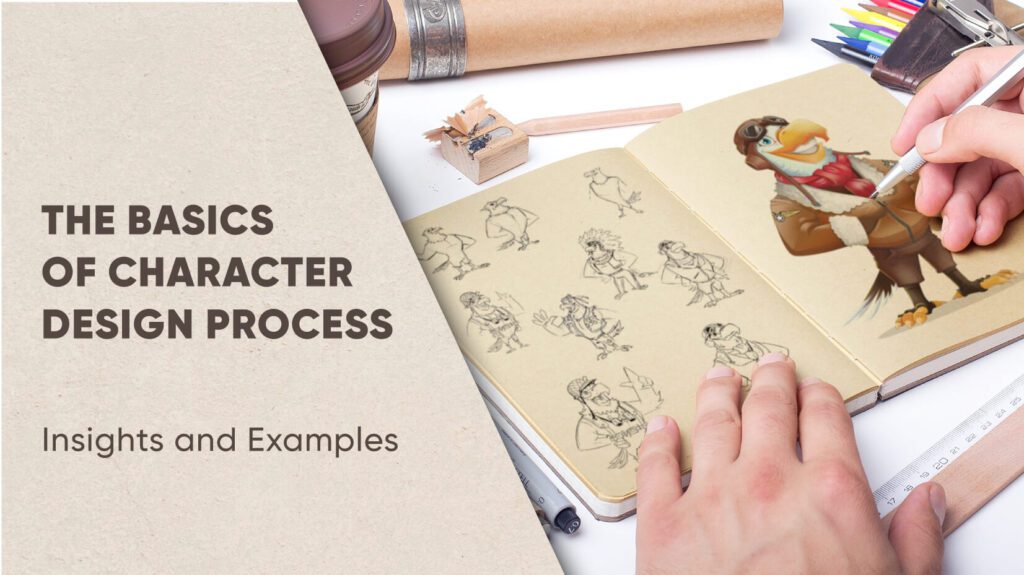Designing game characters is a complex process that requires several steps. The first step is to develop a concept for the character’s personality, appearance, backstory, and role in the game world. Then, the designer creates the character’s visual design, which includes exploring different looks, proportions, clothing, and accessories. If the game requires 3D characters, the designer will create a digital model using software such as Maya or 3DS Max, and add details such as texture, lighting, and rigging. Throughout the design process, the designer must be open to feedback and willing to make changes based on input. The end result should be a memorable and engaging character that fits seamlessly into the game world.
From Concept to Character: The Process of Designing Game Characters
Introduction
Games are more than just entertainment. They are works of art that engage players in an immersive experience. One of the most important aspects of a game is its characters. They are the driving force behind the game’s story and gameplay, and players often become deeply invested in them.
Designing game characters is a complex process that involves many different steps. This article will provide an overview of the process, from the initial concept to the final design.
Concept Development
The first step in designing a game character is to develop a concept. This involves brainstorming ideas for the character’s personality, backstory, appearance, and role within the game world.
The concept may be inspired by various sources, such as mythology, history, pop culture, or personal experience. The designer may create sketches, write descriptions, or use reference images to help visualize the concept.
Visual Design
Once the concept is established, the designer can begin to create the character’s visual design. This involves sketching, drawing, or creating digital models to explore different looks for the character.
The designer must consider the character’s proportions, clothing, weapons, accessories, and facial expressions. They may also create variations of the character and test them in different lighting and environments.
3D Modeling
If the game requires 3D characters, the designer will take the visual design and create a 3D model. This involves using software such as Maya or 3DS Max to create a digital model of the character from every angle.
The designer will add details such as texture, lighting, and rigging to create a realistic and dynamic character. They may also work with animators to ensure that the character’s movements are realistic and fluid.
Iteration and Feedback
Throughout the design process, the designer will iterate on their work and seek feedback from others. This may involve showing the character to other members of the development team, playtesting with players, or conducting surveys and focus groups.
The designer must be open to feedback and willing to make changes based on input. This will help ensure that the character is well-received by players and fits seamlessly into the game world.
Conclusion
Designing game characters is a complex and multi-faceted process that requires creativity, skill, and attention to detail. By following the steps described above, designers can create characters that are memorable, engaging, and integral to the game experience.
